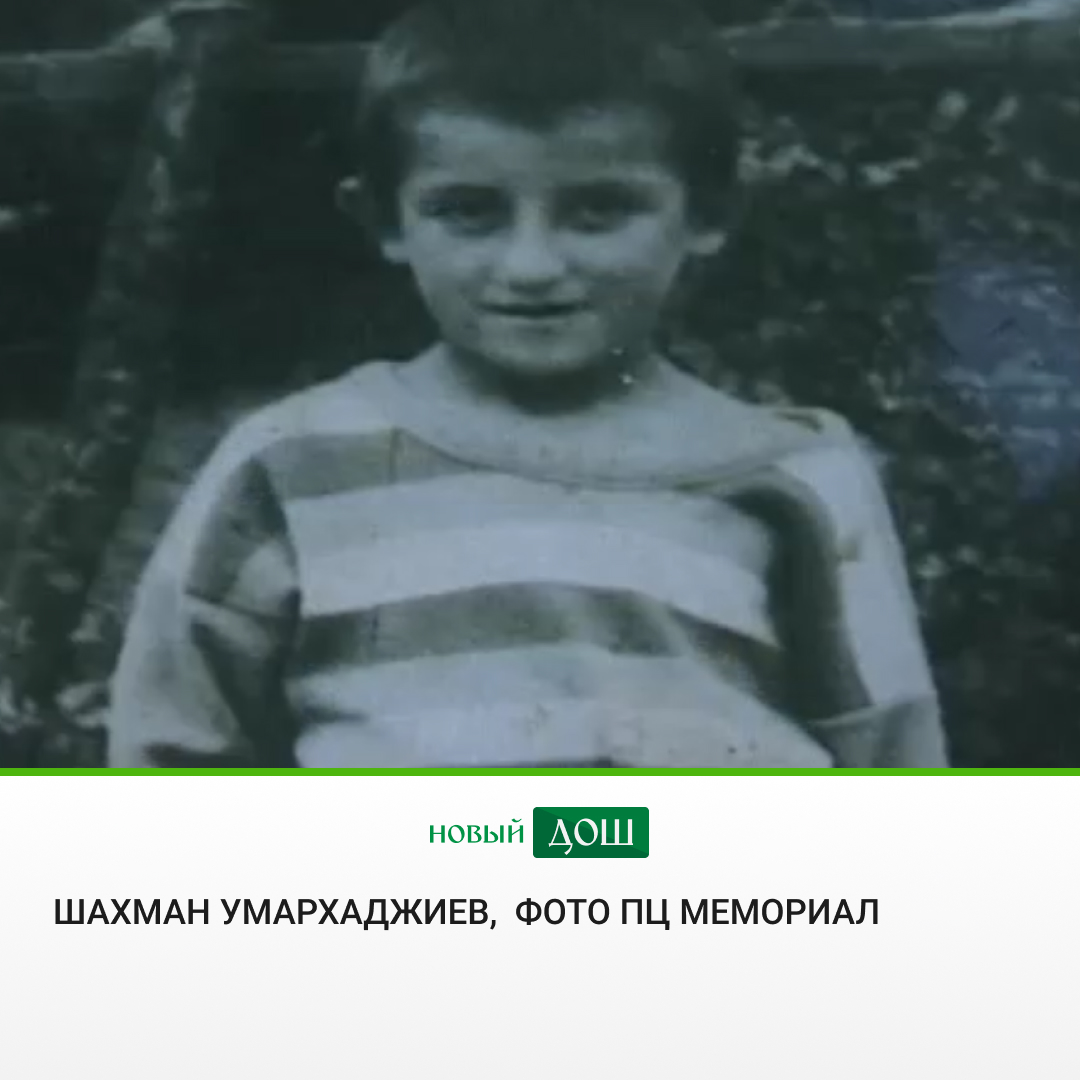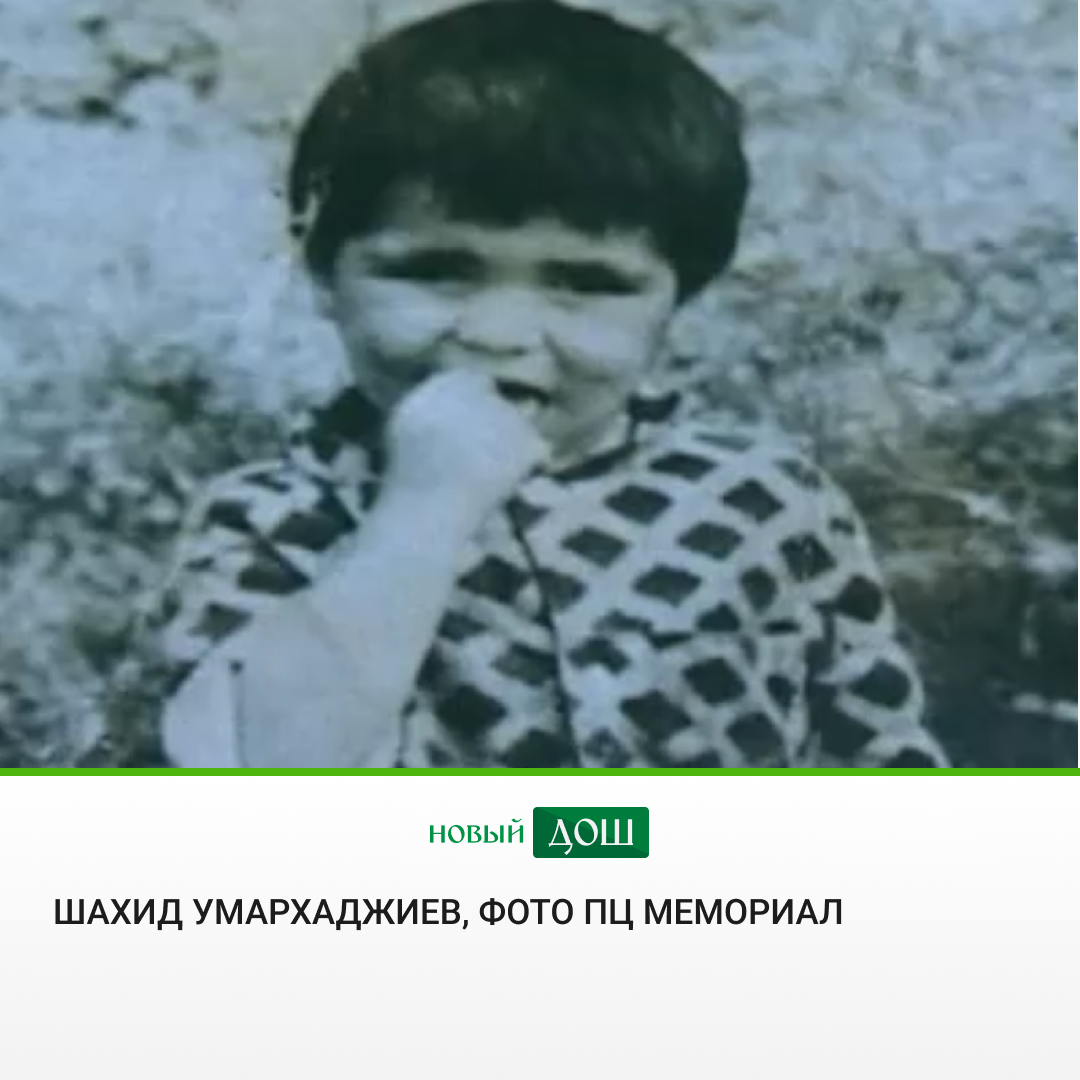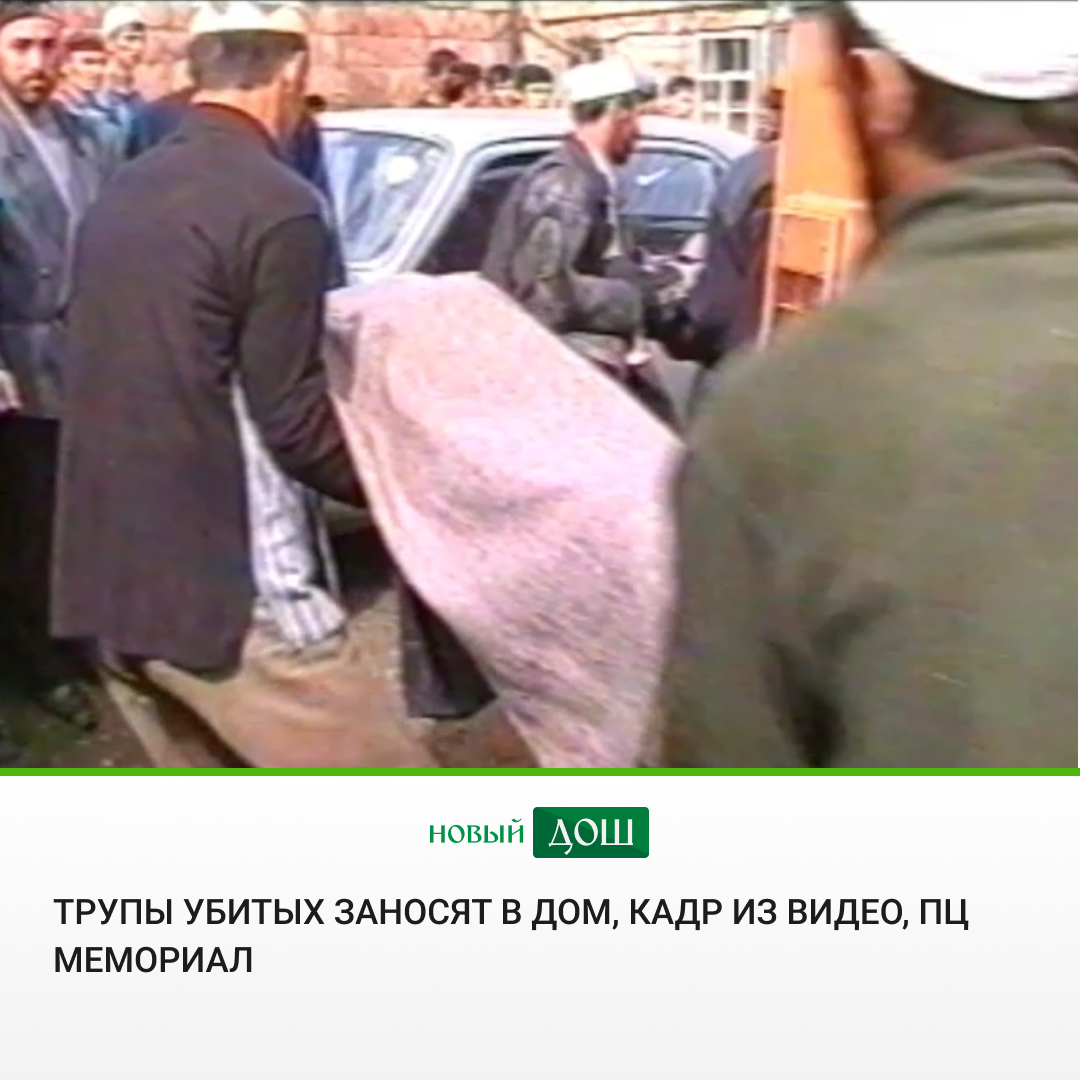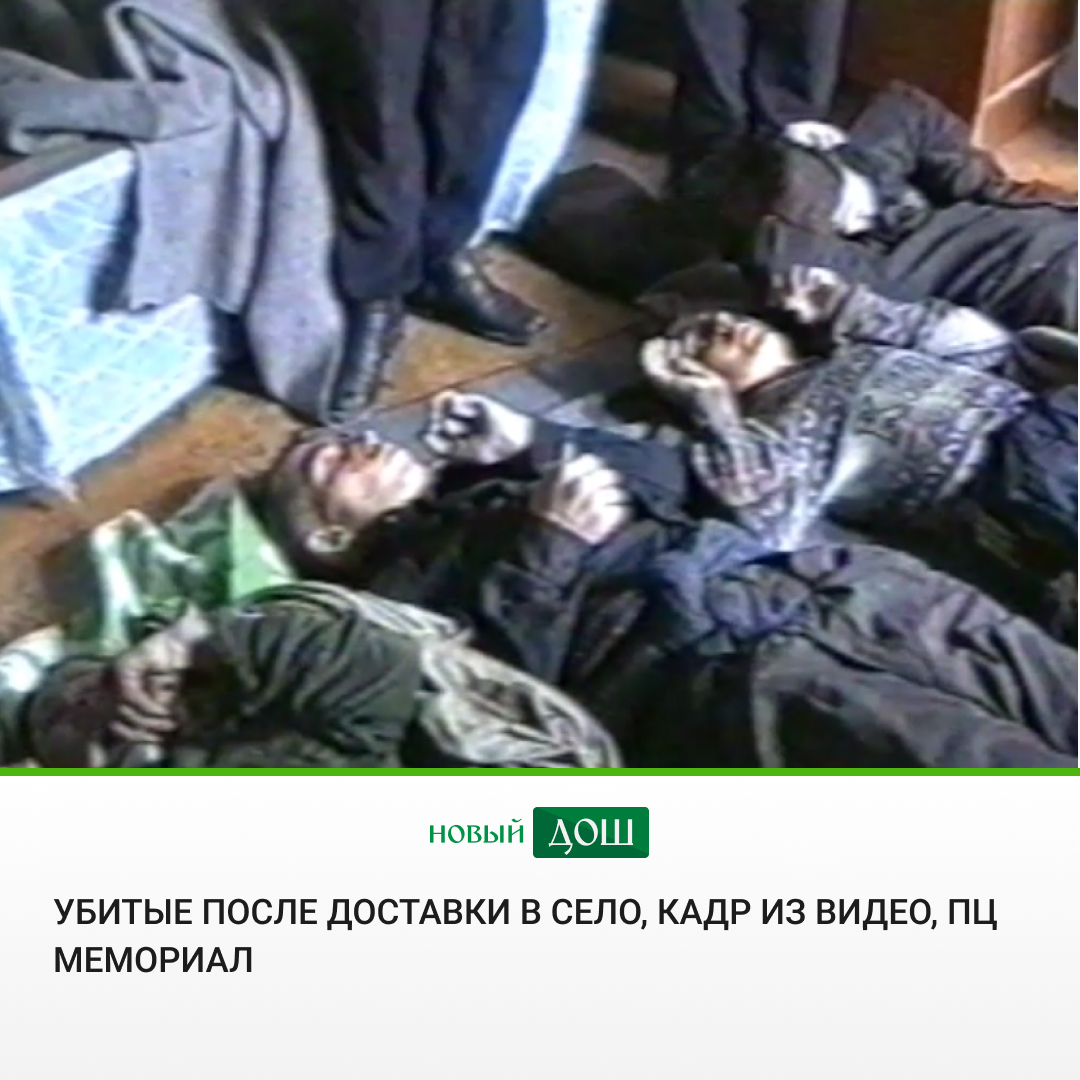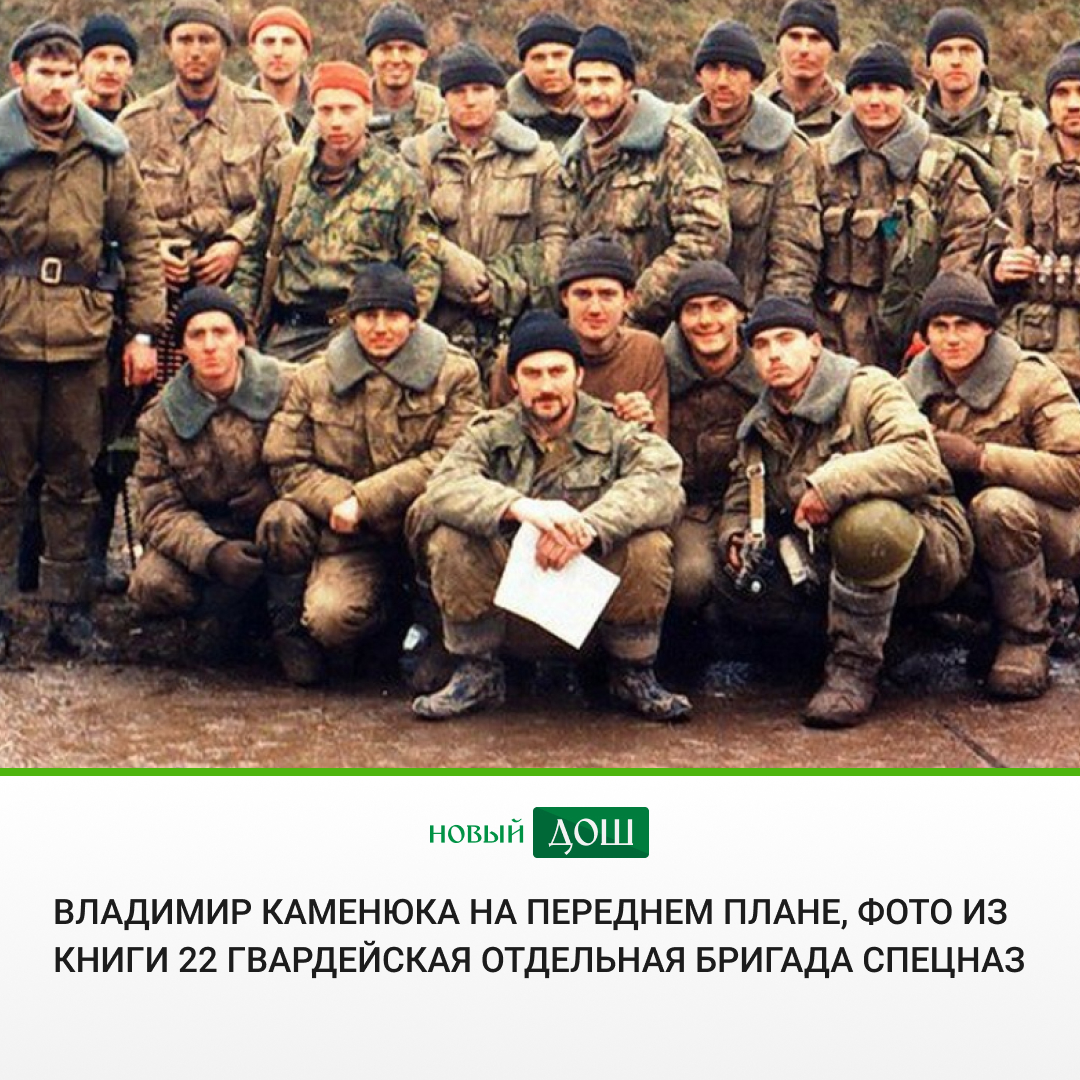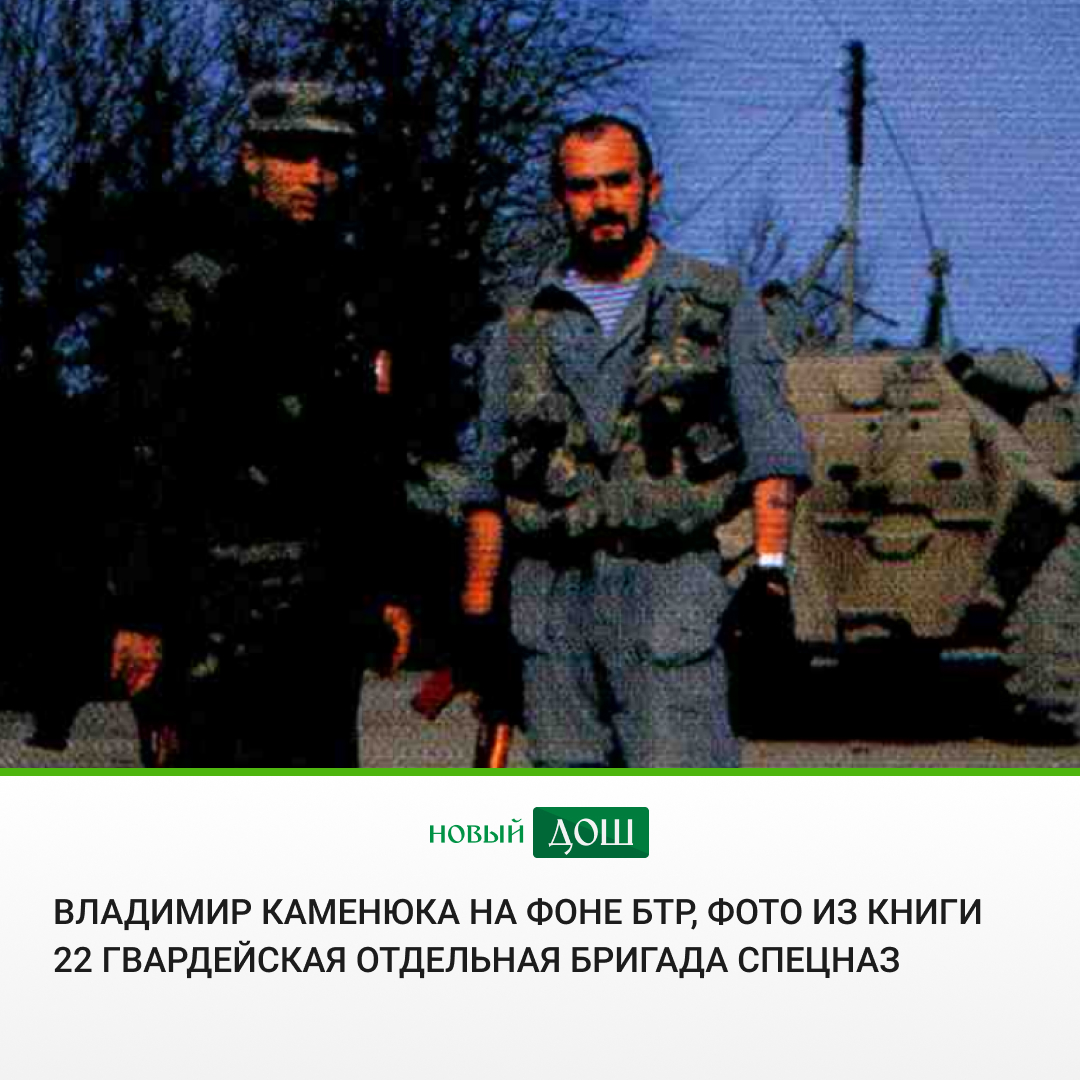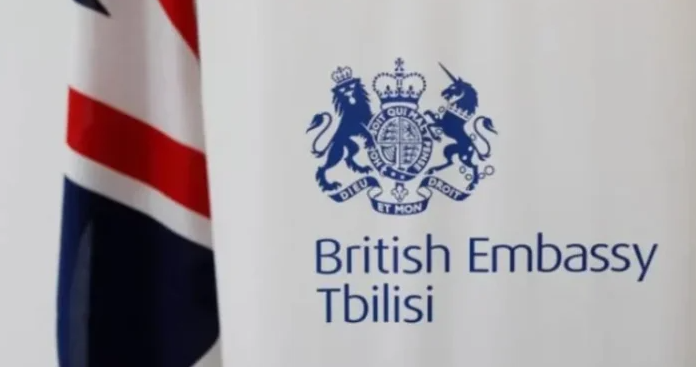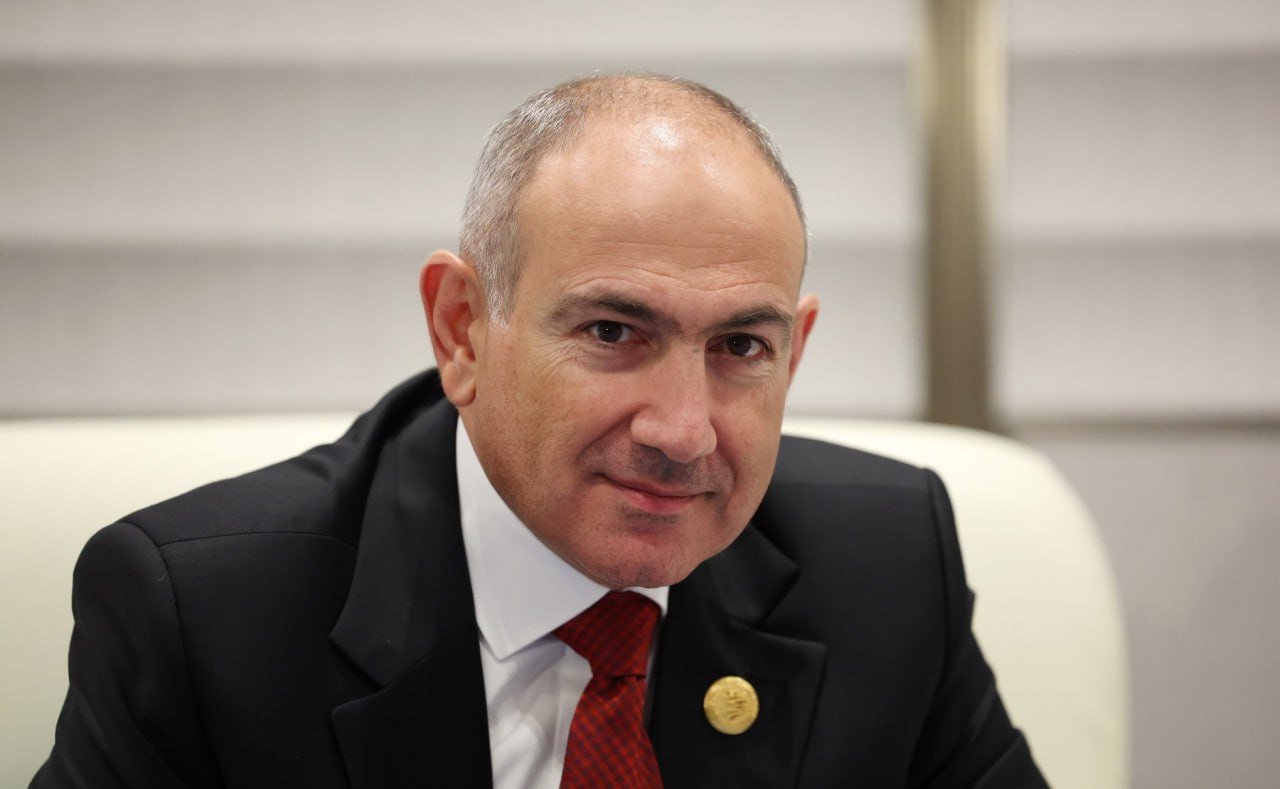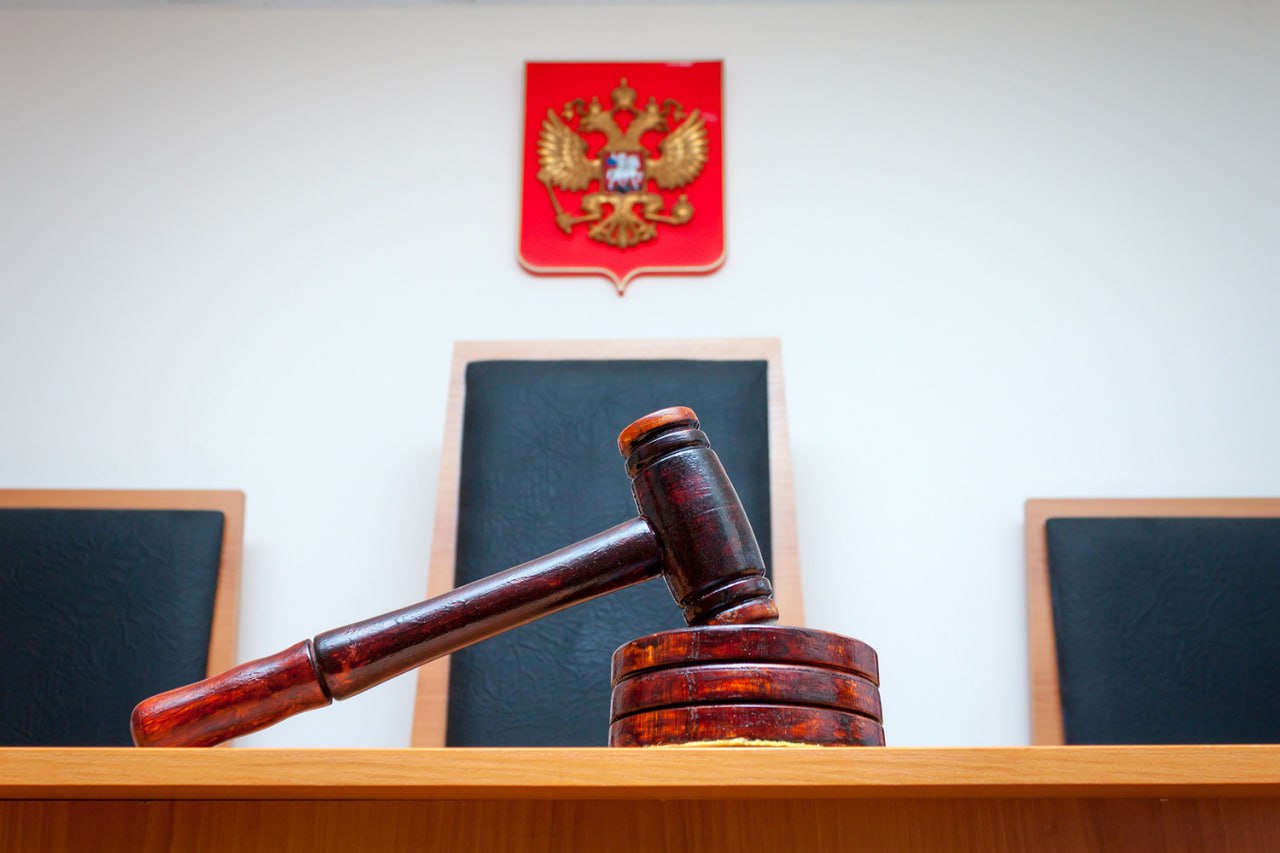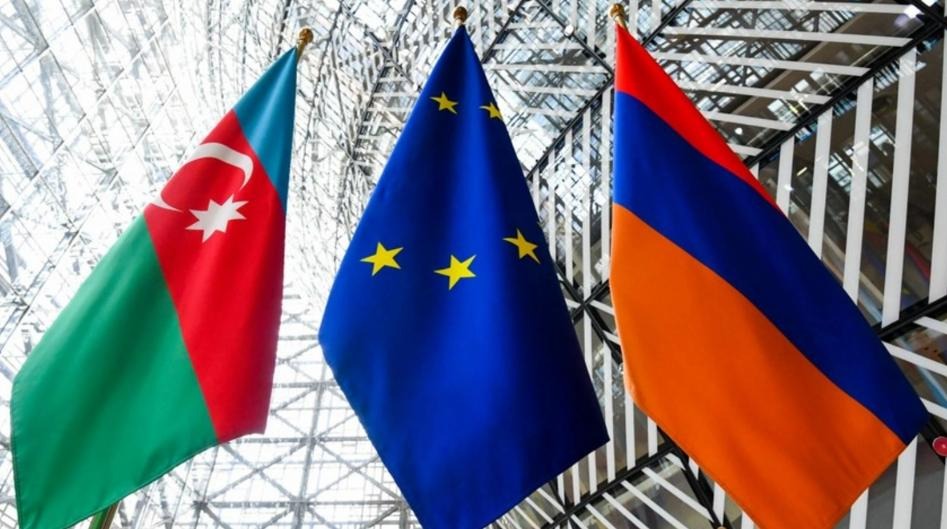The British Embassy in Georgia responded to Prime Minister Irakli Kobakhidze's statement that London should apologize for a "fake" spread by the BBC. This refers to the British Broadcasting Corporation's controversial report alleging that Georgian authorities used a World War I-era chemical weapon called "kamit" to suppress anti-government protests.
On 17 April 2001, Ochs-Ahmet Alsultanov and his accompanying children, son Islam and nephews Shamkhan and Shahid Umarhajiev, disappeared near the village of Alleroi. The son at that time was 14 years old, and the nephews turned 13, and the other - 11 years. In the morning they went to pasture public cattle, and then disappeared. As it turns out, for a while...
To make it clear: Khozh-Akhmet Alsultanov was not a shepherd in the usual sense of the word. Since ancient times, the inhabitants of Chechen villages have herded their cows and bulls into one common herd and graze it in turn for a day, two or more, depending on the number of their living creatures. This time he had to go. The grazing was supposed to take place in a one and a half - two kilometer zone around the village allotted by the Russian military and supposedly safe.
That morning, a cold rain was falling, not like spring. By lunchtime, when a wounded and frightened shepherd dog ran into the village, it only intensified. Long before the due date, cows and bulls also rushed home. But for some reason the shepherd and his assistants did not appear even in the evening. Despite the rain and the rapidly approaching darkness, the villagers organized searches in the field and in the nearby forest. However, nothing was known about the fate of the missing people that day. They were found dead the next morning.
According to the testimonies of the participants in the search, the bodies of the shepherd and children lay face down in the pit. When they were taken out and examined, it turned out that the criminals did not even touch the identity documents, the permit for grazing rural livestock in the “safe” zone, issued by the Russian military authorities, and the list of livestock owners from the village administration. The documents remained in the pockets of the dead, as well as in the bag with their food. The food was also untouched. From this, the inhabitants of Alleroy concluded that the crime had been committed before lunchtime on 17 April.
The initial examination of the bodies was carried out by a village doctor and the chief doctor of the central district hospital called to the scene. They recorded that all four had been shot in the temple. But before that, they were beaten and tortured. One of the boys had a broken arm, and the other had an extensive wound on his head, apparently from a strong blow with the butt of a machine gun. All of them had hematomas on their bodies. They were probably kicked and punched for a long time.
Information about the murder of a shepherd and children became known to human rights activists and quickly spread beyond the borders of the republic, forcing the authorities of the Russian Federation and their representatives in Chechnya to somehow respond to this. But on the channels of the state channels of Russian television, with reference to the military, it was reported that members of the Chechen armed formations were allegedly behind this crime.
Residents of the village of Alleroy were outraged by these statements. They felt that the authorities were trying to cover up the criminals. Having filmed the dead along with the process of bringing them to the village on a video camera, recording the comments of relatives and fellow villagers, they demanded an investigation into the incident. It would not have been difficult to identify the perpetrators if desired - traces from the crime scene led to a nearby hill, where Russian military units were stationed at that time.
However, apart from the formal initiation of a criminal case, the prosecutor's office did nothing to find and detain the killers. Evidence was not collected at the crime scene, and, according to the testimonies of the people who took the corpses, there were shell casings and even bullets could be found (they picked one of them themselves), there were many traces of shoes and equipment, garbage was scattered. Exactly two months later, due to the alleged impossibility of identifying the persons to be held accountable, the criminal case was suspended.
The mystery of the murder of Khozh-Akhmet Alsultanov and his minor son and nephews would have remained unsolved if not for Anna Politkovskaya. In his article "Mysterious Special Forces Carry Out Massacres?" (https://politkovskaya.novayagazeta.ru/pub/2001/2001-28.shtml), published on the pages of Novaya Gazeta on April 23, 2001, she spoke about the events that preceded the crime and named those who committed it . According to the information she received from employees of the prosecutor's office from among the Chechens, a group of the Main Intelligence Directorate (GRU) of the Ministry of Defense of the Russian Federation under the command of Lieutenant Colonel Kamenyuk was operating in the vicinity of Alleroy that day. For cruelty towards the inhabitants of Chechnya, the article says, he earned the nickname "The Butcher" among his colleagues. Anna Politkovskaya emphasized then that she knew the full name of this person. She herself and the staff of the Memorial Human Rights Center immediately handed him over to the Russian Prosecutor General's Office. But without a positive, as it will soon become clear, result ...
Meanwhile, the "Butcher" himself, and this atrocity of his faded into the background - Chechnya for many years to come plunged into a quagmire of no less serious crimes. Cleansing of settlements with robberies, murders and kidnappings, replacing one another, took place there every day. The human rights defenders had only enough time for a very superficial description of some of them. The Butcher surfaced by accident and in connection with other events. According to the Ukrainian investigative website "Peacemaker" (https://myrotvorets.center/criminal/kamenyuka-vladimir-nikolaevich/), his full name is Vladimir Nikolaevich Kamenyuka. He participated in both Russian-Chechen wars and at the time of the murder of Khozh-Akhmet Alsultanov and three children was the deputy commander of the battalion of the 22nd GRU special forces brigade with the rank of lieutenant colonel. In 2019, he was already mentioned as the deputy commander of the notorious Wagner PMC.
Ukrainian investigators write that Vladimir Kamenyuka also fought in Syria. Believe in it immediately and without additional evidence. In the actions of the Russian troops in this country, the handwriting was visible, if not this one specifically, then other "Butchers" who had become adept at Chechen blood. The same Wagnerites, for example, without embarrassment and fear of no one, recorded on cameras the sophisticated murders of anti-Assad rebels captured by them, entered and finished off people in Syrian cities previously demolished by Russian aircraft. Impunity breeds permissiveness, pushes to new crimes. It is hard to imagine that Vladimir Kamenyuka could not take part in the Russian war against Ukraine. I only wish that justice would not pass him by, at least this time...
This article is based on the materials of human rights organizations, collected and systematized in the electronic database of the Documentation Center. Natalia Estemirova (TsDNE). Some of them can be found here at this address: https://www.nedc-nhc.org/. The English version of this article itself is available on the Norwegian Helsinki Committee website: https://www.nhc.no/en/chechnya-syria-ukraine-the-trail-of-the-butcher/.
An important clarification: the photographs of Islam Alsultanov, Shamkhan and Shahid Umarkhadzhiev are pre-war. At the time of death, they were older, but still remained children ...
Usam Baisaev.
